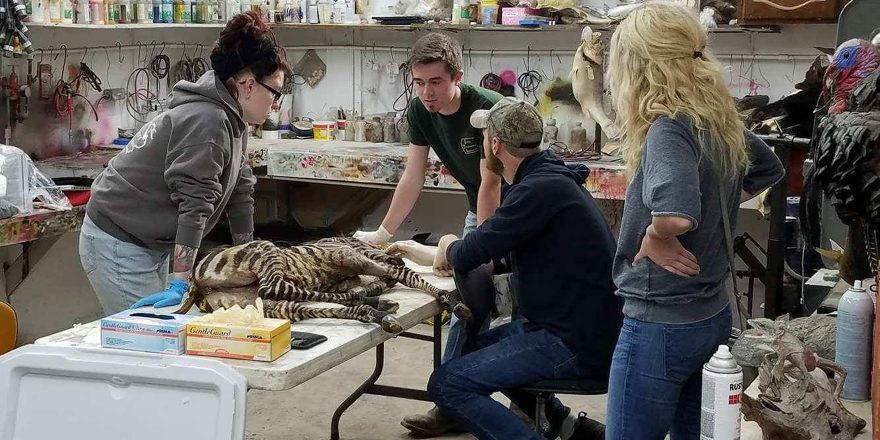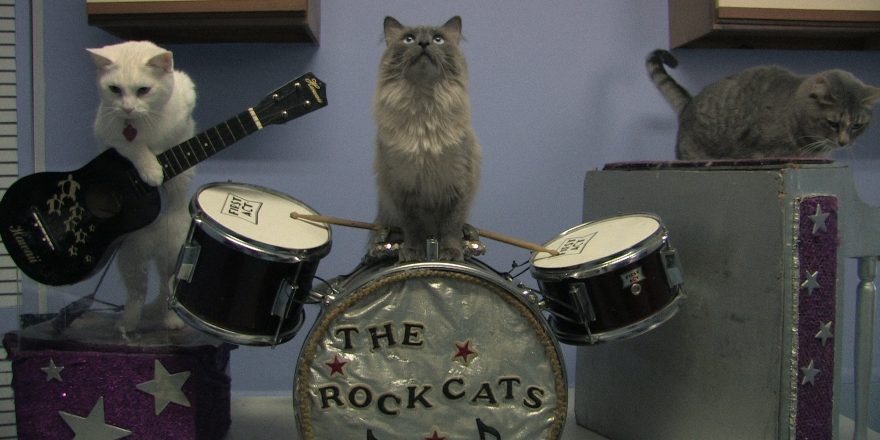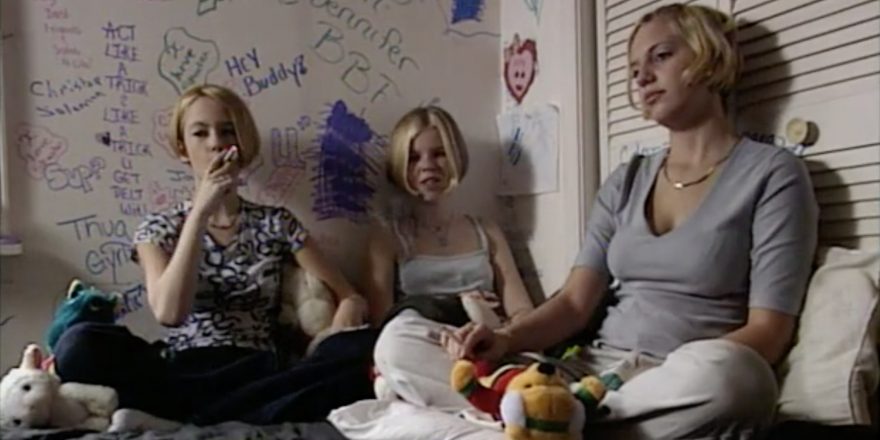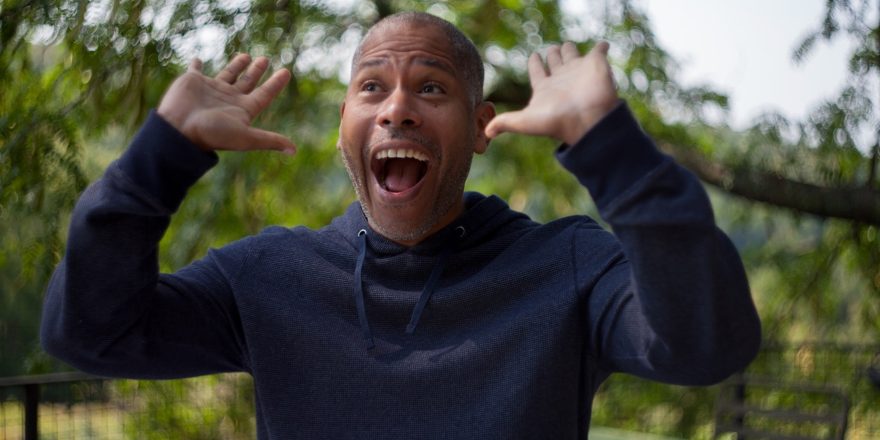My name is Erin Derham. I am an animal lover first and foremost. I’m also an environmental historian, vegan, and the director of Stuffed, a documentary film about the art of taxidermy. In the more than 40 articles journalists have written about the film, you will consistently find a line explaining that, “Yes, it’s about taxidermy, but it’s OK because the director is vegan.”
My education and lifestyle choices are understandably used to pique the interest of the majority of the population who have little to no experience with taxidermy. Movies commonly have taxidermists as the villains (101 Dalmatians, Psycho) and when the average person thinks of taxidermy, they think of death and cruelty, rather than art and conservation. All of that makes sense to me. I knew from day one that this would be a very hard subject to sell and also possibly the most important thing I have done in my life, both for the field of environmental conservation and myself.
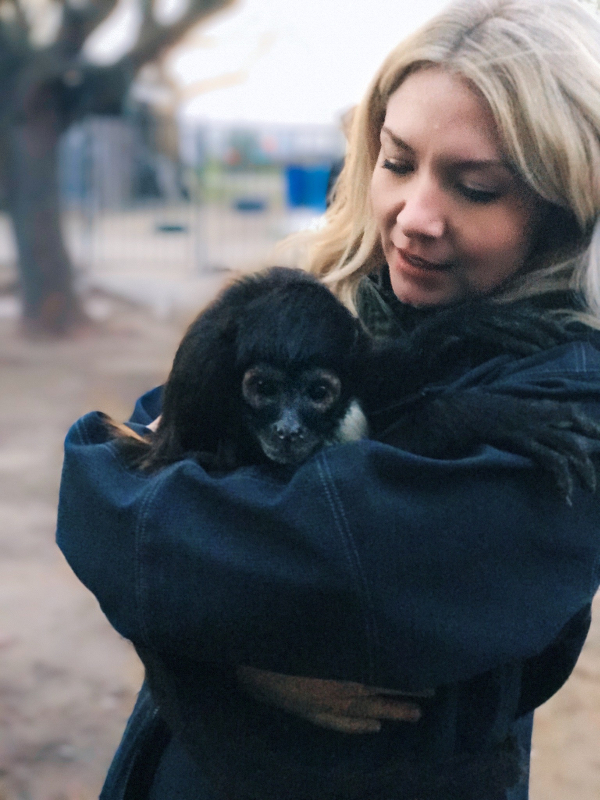
Though the paradox of an animal advocate making a film about dead animals is certainly intriguing, what was more critical for me was the overarching transformation that took place in the three years that I researched and filmed taxidermists around the world. The lessons I learned. The people I befriended who, before this film, I would have deemed monsters. This is the story of an elitist girl who viewed the world in black and white. I leaned on my education and passionate feelings of social and environmental responsibility. I was willing to open myself up to criticism, but I lacked empathy for those unwilling to listen to my version of the truth. To me, a Republican was selfish and ignorant, whereas a Democrat was educated and cared about the world. People who made sexist comments, who shamed others for their sexual preferences, who blamed minorities for a dying economic system, who supported the meat industry, who overall (in my eyes) lived an ignorant life: those people bred hate and refused to listen to reason. I wasn’t taking into account differences in culture, economics, religion, trauma: all the things that change our belief systems and, more importantly, create a reality unique to each person. It makes sense that none of us listen to each other when we are trained from birth to only understand right and wrong one way. Every documentary I’ve been involved with has changed me for the better, but Stuffed is the film that, for the first time in my life, had me seeing through other people’s eyes.
It all started with my friend and partner Rachel Price. We’d decided to make a film about animals and nature, so I pitched her my graduate research about one of the first female environmental activists. A sweet, whimsical, almost Disney-like documentary about a stunning woman rescuing woodland critters. Then, to my horror, she came back with, “What about taxidermy?” I was disgusted. It was literally the opposite of the film I had pitched her, or so I thought. However, instead of saying this to her, I spent the weekend reading all the articles she had sent. Over the course of that first weekend of research, I not only changed my mind about taxidermy but also felt a healthy wave of embarrassment because of how elitist and ignorant my thinking had been. If the idea for a taxidermy documentary hadn’t been pitched by someone like Rachel, whom I greatly respect, I probably wouldn’t have even considered it. This was the first transformation where I realized my mind was closed to anything other than my current way of thinking. Sounds like our current political atmosphere, right? Even after this awakening, I didn’t dare say, “Maybe Trump and his supporters aren’t the problem?” Those are serious fighting words in my circle. The truth that I would discover, the hard pill to swallow because it makes all of us accountable, is that we are all the problem and all the solution. It requires a pretty dramatic rewiring to truly listen to someone with a different opinion, but it is the only way to evolve.
As always, I learned from the ghosts of our collective past, drawing from Carl Akeley and Teddy Roosevelt’s vibrant history of mistakes, self-discovery and evolution. Roosevelt loved the wilderness but also hunted animals for sport. He evolved ahead of his time period by paying attention to what was happening to the wilderness areas in the United States and on a global scale. He had both the foresight and the power to make dramatic changes in policy and preservation, and regulated hunting to designated reserves and started the National Forest Service, preserving 150 forests in the U.S. It was a monumental leap forward in conservation. Akeley, a scientist and the father of modern taxidermy, hunted specimens for museums, but after seeing the devastating results of colonialism on land and wildlife in Africa, spent the rest of his career successfully lobbying the Belgian government to create the first national park in Africa, protecting the mountain gorillas in the Congo from certain extinction. These were men who loved nature and animals so much, they spent their time and resources convincing a backwards world to start saving land and species. Reading about their transformations made me realize I needed to change too, so before I even met a single taxidermist, I spent four months reading every book, article and blog I could find. I wanted to remove all my misconceptions and approach the subject with a clear mind. Concluding my research, it was clear to me that taxidermy and its history are very much a part of conservation, but it wasn’t until I started meeting taxidermists that I knew I could prove it.
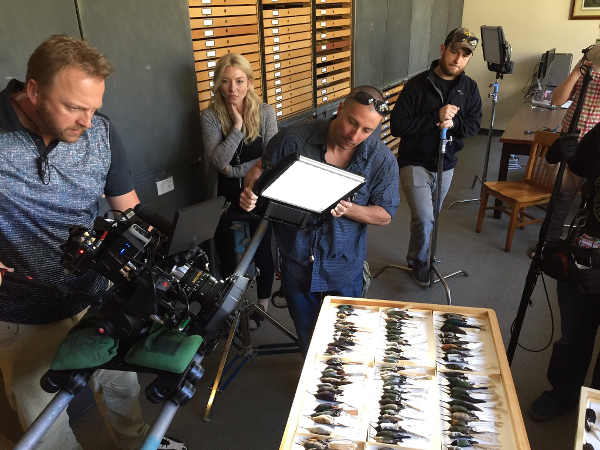
That second transformation came when I walked into my first taxidermy studio and met Allis Markham. A captivating, witty, artist and entrepreneur, she greeted me as multiple foster dogs rolled on the floor, begging her for belly rubs. Her office was filled with books on ornithology, botany and biology. She looked at me the way all the taxidermists did in the beginning, wondering if I understood them or if I was there to mock their profession. That day, she was mounting a mountain lion, which had been hit on Highway 1 in Los Angeles, for a nature center. They wanted to use the piece to educate people about disappearing habitats and the need for natural overpasses or wildlife crossings in large cities.
Allis and I went on to talk about being vegan and the harsh truths of the meat industry. We understood each other instantly, but my prejudice was still there. I related to her because she was very liberal. We spoke a familiar language so I was able to embrace an unfamiliar concept – taxidermy as an art form and education tool for conservation – more easily. She said, “You can’t remove yourself from the food chain. Even as a vegan, regulated hunting is involved in protecting the crops you eat from invasive species.” That blew my mind. Animal products are in so many items we buy, but that secret is hidden behind factory doors, and “the hunter” is painted as an easy villain rather than the real threat to animals: all of us, with our behaviors and our constant demand for more. It wasn’t until I got over the idea that I was above people because of my choices that I started to see the truth. If I stop placing myself in a predetermined category, if I stop learning only the things that meet the parameters of my currents truths, how differently will I see the world? The answer is, very differently.
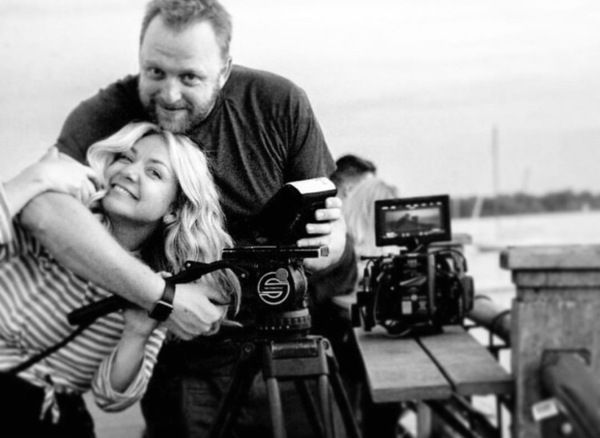
The greatest gifts of making Stuffed were threefold: one, I stopped seeing death as something sad or unnatural and consequently stopped fearing it. Two, I started really listening to people with wildly different viewpoints. Three, I understood that if we don’t all work together and combine our knowledge and remove all of this unnecessary hate, we are doomed. It doesn’t matter who “feels the most right” if our planet is gone.
Death is something I have always feared. Before Stuffed, I was a shadow of my current self, someone who’s now hiked through a lion’s den and backpacked for days without another soul in sight. It wasn’t until we filmed a stillborn zebra foal being born that I learned how programmed I was to hide from something as natural as death and how that fear kept me complacent. This tiny beautiful animal was laid out on the table, surrounded by my crew and taxidermists, all with tears in our eyes. As a mother of young children and someone who has had birth trauma myself, I found it very hard to look at. The taxidermists insisted, “We want to give it its first step,” to sculpt a clay form underneath the hide that would breathe life into this animal, paying respect to the species and hopefully inspiring onlookers to care more about nature. I could understand what they meant, but was still disconnected and sad. They started to remove the skin from the muscle and quickly revealed a very large contusion on the side of the foal’s face. They all looked at each other in shock, as if they knew a secret we did not. Travis, a taxidermist from Zimbabwe, burst out, “It wasn’t a stillborn, the mom stepped on it.” My heart sank into my stomach. The biologist in him was fascinated. He looked at me, confused as to why I was on the verge of tears. He said, “It’s nature. That happens all the time.”
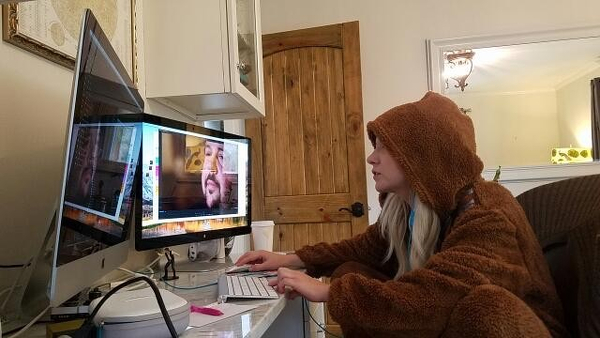
I began to understand that nature teaches us about death, over and over. It shows its beauty on the forest floors of the Amazon, as flora and fauna are reborn from the nutrient-rich decomposing materials, and its unapologetic cruelty in a lion intentionally killing a cub or a zebra unintentionally stepping on her foal. It is this disconnection from reality, that death is scary, which holds us back from understanding the truth about more relevant subjects to our lives, like animal cruelty in the meat industry. We have all seen a documentary that exposes it, and still precious little has changed, except for the few that can afford a posh “farm-to-table” experience. The larger change comes when people start thinking about their choices. How eating a McDonalds hamburger and demonizing a hunter is wrong. How being a vegan and demonizing the meat eater is wrong. How being a meat eater and mocking the vegan is wrong. We are all a part of the same ecosystem and I truly believe we all want to save it.
One truth I learned is that the majority of human beings love animals, so we should stop judging others for behaving differently from us and use our collective power as animal lovers to demand reform in protecting endangered species, further deterrents against poaching, and drastically better meat industry standards and practices. Only when you stop shoving your opinions and way of life down people’s throat and live in that uncomfortable space where you don’t agree but still choose to actively listen, will you truly learn and better this world. I am still vegan and still a liberal. I still want to see dramatic environmental initiatives take place in my lifetime. The difference is, I firmly believe that all of the people I met in those 12 states and six countries want the same thing. My fight is no longer with the “conservative” or the “carnivore.” They are my allies and dearest friends.


